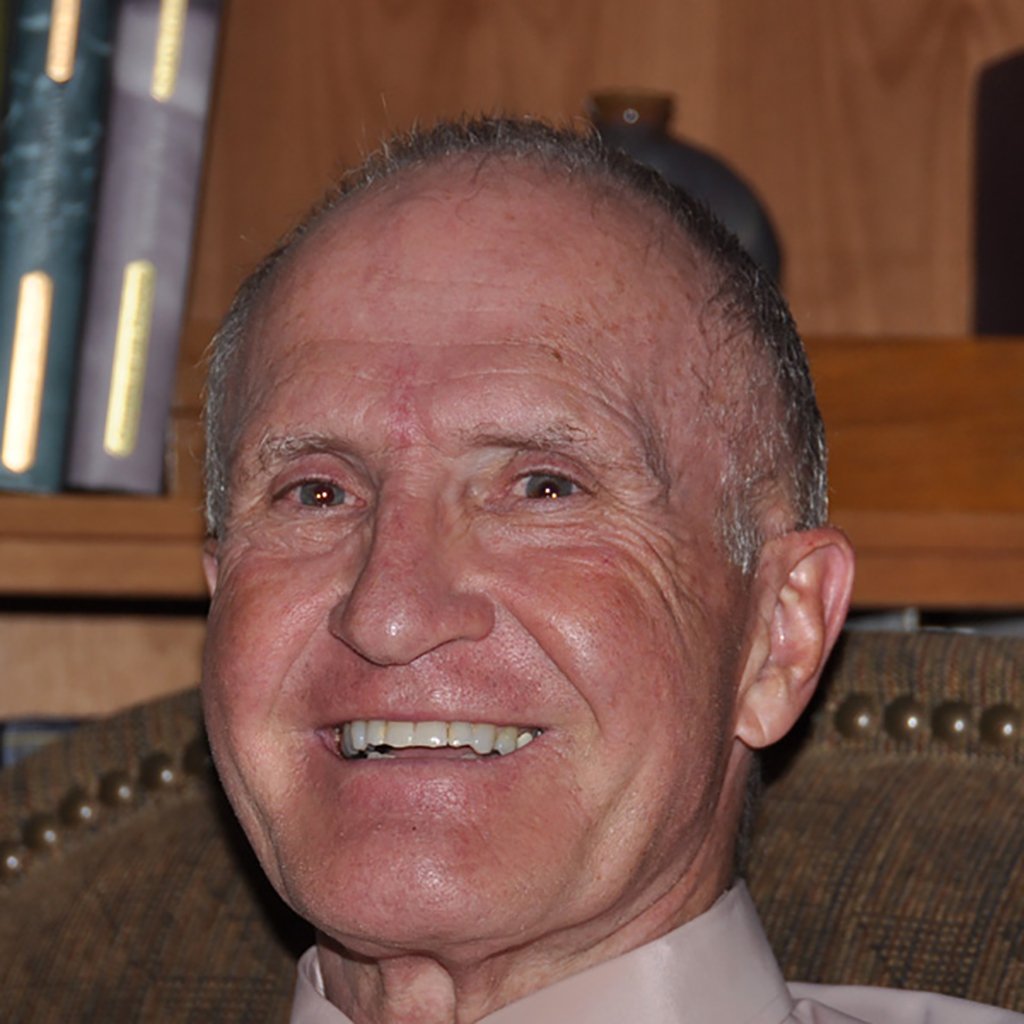PART XI
How to speak British beyond England, course 301
For the sake of completeness and for brevity, we will give a short summary of the many accents and dialects of British English before covering American English in more detail.
Welch Accent:
The Welch accent is melodic—rather sing-song–with generous hints of Gaelic and a unique pattern that suggests that a question is being asked in every kind of speech. To English ears, people with a Wales accent sound like they are singing. The vowels are often stretched out a little; and–when speaking–Welsh people tend to go from a high to a low pitch. People from Wales also roll their r’s slightly. One of the distinctive features of Welsh English accents is the length of its vowels, which do not differ in the quality of their sound, but rather in the length of their utterance, making words such as sheee-ad [shed] and shaaareeed [shared] or haaat [hat] and heart differ from each other.
Examples—Shwmae=hello; “Give us a cwtch.”=tidy but nothing about cleanliness. The usage is to describe something or someone that is good. Cwtch is the most common thing to say in Welsh, especially when you know that it also means love, embrace, a hug, or a cuddle; Yaki dah! Is a Welsh drinking toast–good health, cheers; “haia”, is the equivalent to the English “hiya”; “ti’n iawn” is similar to the English slang word “alright”; “bore da”=good morning; “na/nah”=informal no—other forms include, “nac ydw”, “na fydda”, and “na faswn”=no Ydw is used for 1st and 2nd person ydy is for third; “diolch”=thank you; diolch yn fawr=formal thank you, as in certificates; “sori”=sorry; or “Mae’n ddrwg gyda fi”=I’m sorry; “da iawn diolch”=very well, thank you; “esgusodwch fi”=excuse me; “croeso”=welcome.
Remember Welsh/Gaelic is an entire language, not just an offshoot or mispronunciation of British English. Tread lightly.
Scottish Accent or Brogue:
Broadly speaking there are highland and lowland types with different flavor, e.g. with intensity of rolling r’s, and softened vowel sounds typical of lowland. Most Scots use the sound “oo” instead of “ow.” [house sounds like ‘hoose’ and ‘about’ sounds like ‘aboot.’]; Scots pronounce ‘eh’ as ‘ee’ [e.g. ‘heed’ instead of head, ‘beed’ instead of bed]; “You” is used as a singular and plural personal pronoun. [e.g., the plural pronoun is “yous”].
Highland Scottish is more melodious and often with an “-ay” sound at the end of words [e.g., “yes” sounds more like “yesh”]. The farther north in Scotland, the faster they speak. Highland English is more influenced by Gaelic, while Lowlands English is more influenced by Standard English. The difference in mastering a believable written or spoken Scottish accent lies in grammatical nuances, inflection, and pronunciation. There are four predominant dialects that Scots speak in the four regions of the country. Several sub-dialects exist within these regions, and each dialect within this region is similar but with a distinct difference. The Dundonian dialect is spoken in Dundee while Fife Scots is spoken in Fife.
•Insular
The Shetland dialect is lulling and soft with Norwegian influences. Shetland dialect speakers generally have a rather slow delivery, pitched low and with a somewhat level intonation. Speakers of this dialect often refer to inanimate objects as ‘she’ or ‘he’ and have an abundance of unique words such as “peerie”= tiny; thing becomes t’ing; there becomes dere; the qu in quick, queen and queer is often written wh; so, queer becomes where; chair becomes shair; from the Norse, the letter j is often used to change the letter y; Yule in English is rendered Yuil in Scots and written Jøl; written Scots au and aw are often represented by aa in written Shetland dialect which effects the sound.
Examples include: ahint=behind; airt=direction of wind; bide=stay, live; birl=spin around; bigg=build; blether=gossip, talk; blyde=happy, glad; boannie=pretty; braaly=pretty, fairly; brae=slope; breeks=trousers; broo=top of a slope; bruck=rubbish; byre=cowshed; caald=cold; claes=clothes; coop=turnover (upside down); crabbit=bad tempered; creepie=stool. •Borders or Southern accent
This unique and fairly common accent can be easily spotted by Scots. It is a soft lowland accent with a noticeable harmonic and sing-songy sound. The Borders accent emphasizes vowels which are pronounced in a unique way. For example, “you”=yow, and “pea”=pey.
•Orkney/Orcadian Scots
This islands accent has a noticeable intonation with a rising voice similar to the Irish accent or Welsh accent. Once a land of the Picts–the language used by these people has been lost–especially after the Vikings arrived in the islands during the 9th century. The Vikings took their own language; Old Norse and Orkney and Shetland became part of Scandinavia from 875 CE to 1472 CE. The dialect is also derived from the Scots dialects brought to Shetland from the end of the fifteenth century by Lowland Scots, mainly from Fife and Lothian, with a degree of Norse influence from the Norn language, which is an extinct North Germanic language spoken on the islands until the late 18th century.
Due to the influence of Orkney fur traders working for the Hudson’s Bay Company in early Canada, a creole language called Bungi developed, with influence from sub-stratal Scottish English, Orcadian Scots, Norn, Gaelic, French, Cree, and Saulteaux Ojibwe. As of 2013, Bungi is thought to have very few if any speakers and is soon to be extinct. The vocabulary is different, where the word “too” is used instead of you.
Examples are: abune=above; auld=old; bairns=friends of any age; bannock=a flat flour cake; bere=northern Scottish barley; best kens=goodness knows; beuy=surprise [a greeting to a familiar male]; bide=stay; birl=spin around; blether=chat/chatterbox; blink=a moment; blootered=very drunk; brae=hill/mound; breeks=trousers; bruck=rubbish; buddo=term of endearment; buddy=a person; byre=cowshed; chap=to knock.
•Northern/central northern
Doric is a historic and unique accent of the northern region. Other accents from this region are Kincardine, East Angus, and Caithness. The Doric accent replaces ‘oo’ with ‘ee.’ For example, ‘moon’ is pronounced as ‘meen.’ Examples are: aye, aye. fit like? foos yer doos?=variations of greetings; fowk/mannie/wifie=various kinds of people; fit a driech aifterneen—It’s a fine morn; It’s caul I’day=comments on the weather; affa fine! hae a wee dram, a fly cup=food and drink; fit’s ‘at? fa’s ‘at? far ye gaan?=various questions; wise up min! yer a neep heid. I’m wabbit=expressing oneself. Never mind the exact translations; you will never get it anyway.
The East Central South accent has its own distinct sound. This dialect is found between the Firth of Forth and the Borders region, and Scots and its ancestor Anglo-Saxon have been spoken there since the 7th century CE. Speakers call their dialect either Scotch or Scots. One of the most distinctive features of the language in this area is the sound in words like whae and twae, where other Scottish dialects would use wha and twa. Yin/or yae before vowels is used instead of ane/or ae before vowels). East Central speakers split the sound in words like mune, dune, fluir, spune, use, abune and puir into two groups according to whether the vowel is long or short, giving min, din, spin, yiss and abin, but flair, yaise and pair.
In more southern parts you will hear the pronoun ou used where other speakers would use we, in phrases like Oull can dae that the morn. I hope that is clear. Many well-known local words have come into the language from Romany [Gypsy] speech, like such Edinburgh shibboleths as radge and barry, as well as more locally specific words like pannieriver, chorie=steel, lowie =money and deek=look, all come from the language of the traveling people. Ironically, the word gadge or its diminutive gadgie has come to be just a general term for a man; but it was originally used by travelers to indicate an outsider, a non-traveler. It is a good idea to be well researched, careful, and sparing in the use of these dialects.


